What are the differences between “33 expansion” and “51 Mar 30, 2012 First hydrolytic class glass is very hard and has a low expansion of glass are equally suitable for use a +8618057059123 market@aijirenvial.com
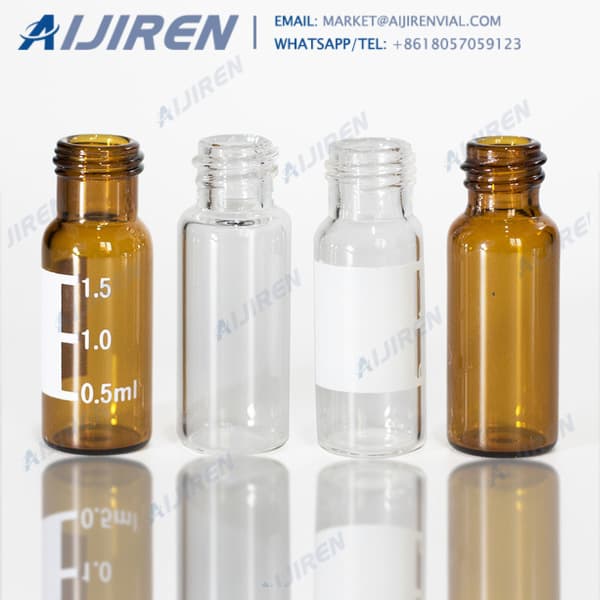
What are the differences between “33 expansion” and “51 Mar 30, 2012 First hydrolytic class glass is very hard and has a low expansion of glass are equally suitable for use a +8618057059123 market@aijirenvial.com

1-4mL Autosampler Vials for HPLC, UPLC, GC 16mm, 25mm Test Tubes for Water Analysis HPLC GC sample vials silanized 1st hydrolytic class glass 51 expansion ...
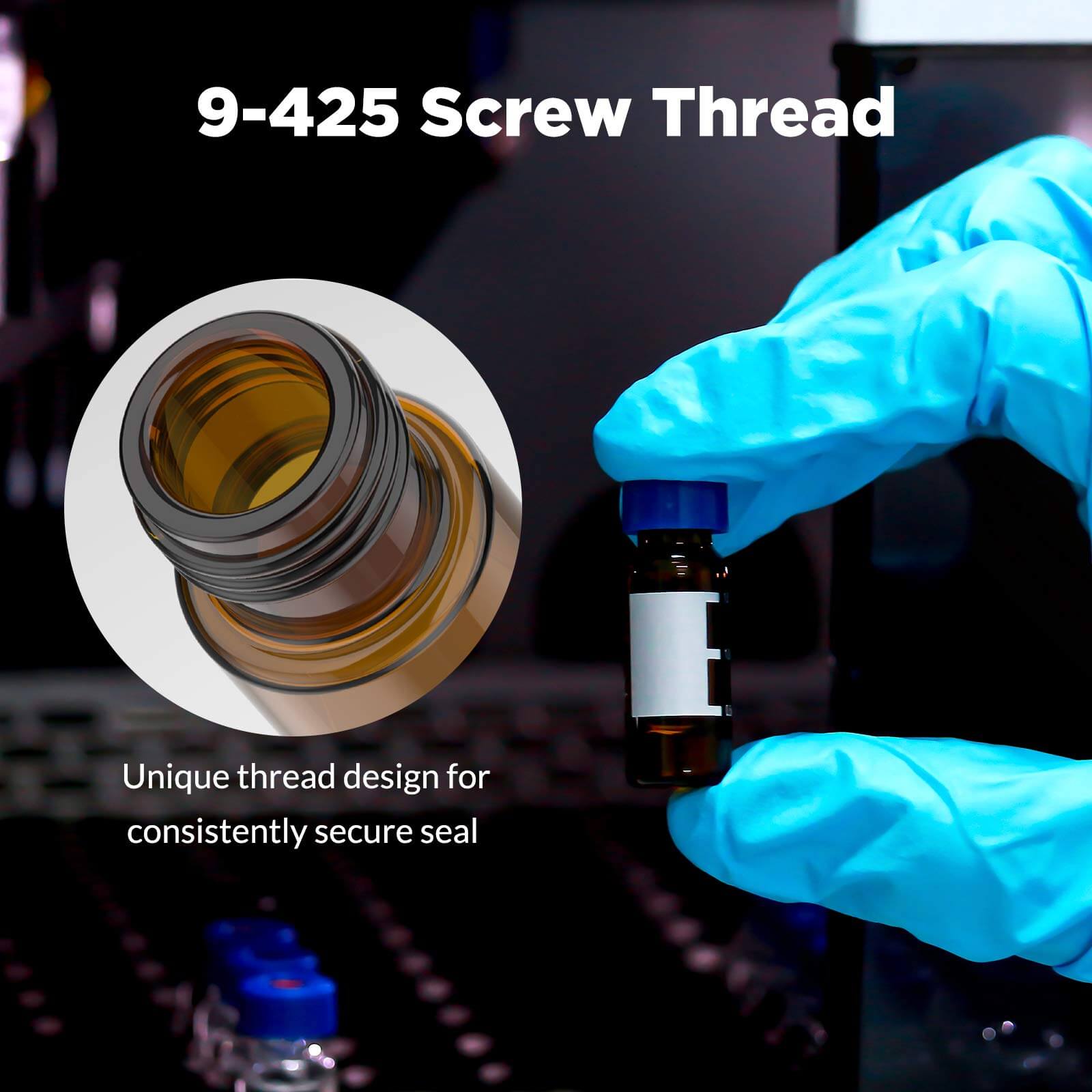
Routine Autosampler Vials | Thermo Fisher Scientific - US. 1st hydrolytic class glass 51 expansion meets all current USP and Pharmacopeia criteria; Short thread screw vials and caps: convenient handling of mid. Get Price.

Manufactured in neutral 4.9 glass, it is like a special borosilicate glass of high chemical resistance with an average coefficient of linear expansion of 4.9. It is a first hydrolytic glass and is characterized by excellent chemical and physical resistance, neutrality and impermeability.
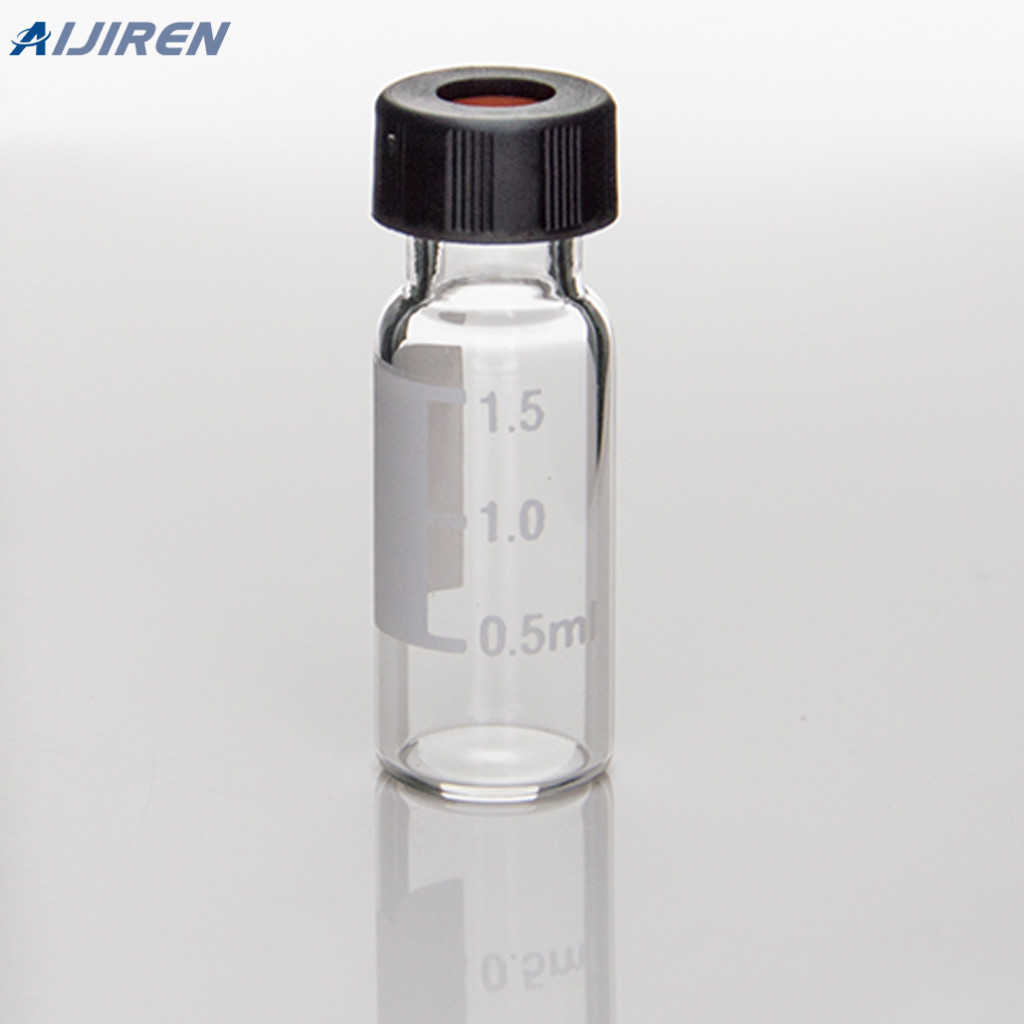
Vials are made of 1st hydrolytic class glass, up to 33 expansion and special glass, meeting all coefficients, which range from 70 type basic glass to 51. HPLC - V ials and caps. Our product range includes HPLC and GC columns as well All vials are made from 1st hydrolytic class glass except if explicitly stated otherwise. La-Pha-Pack - GL
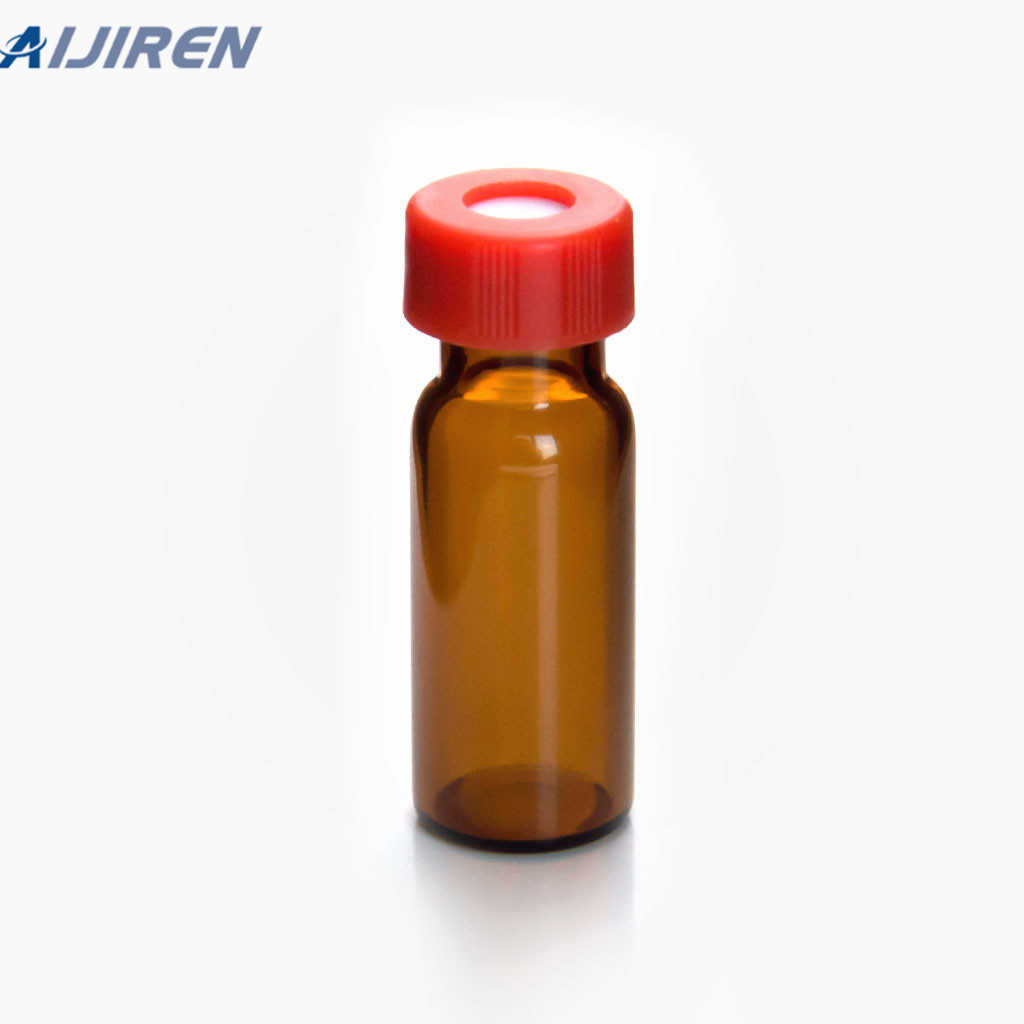
The vials are made from 1st hydrolytic class 51 expansion glass which, unlike inferior alternatives, allows the manufacturing of clean, precision-fit vials. Our comprehensive range of vials includes micro and fused inserts, standard 2 mL autosampler and larger sample storage, glass sample vials with screw caps, headspace vials, and EPA vials.
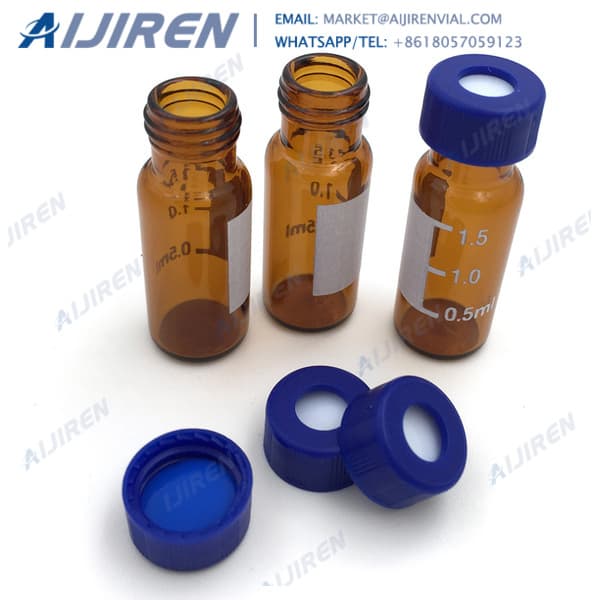
Firstly, almost all vials are made out of 1st hydrolytic class glass. Hydrolytic class glass 1,200°C as opposed to only 1,000°C for 51 expansion glass. Get Price
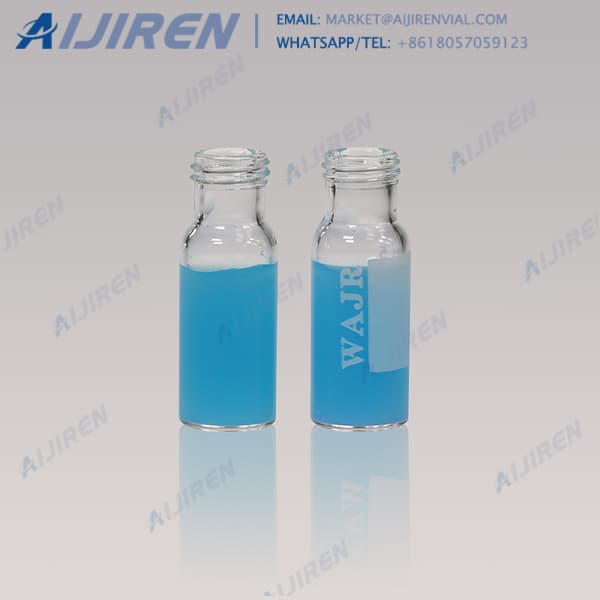
Vials and Closures Catalog 2014-2015 - Fisher Scientific9mm Wide Opening Screw Thread Vials and Closures. • Superior quality 33 expansion borosilicate clear (Type 1, Class A) or 5
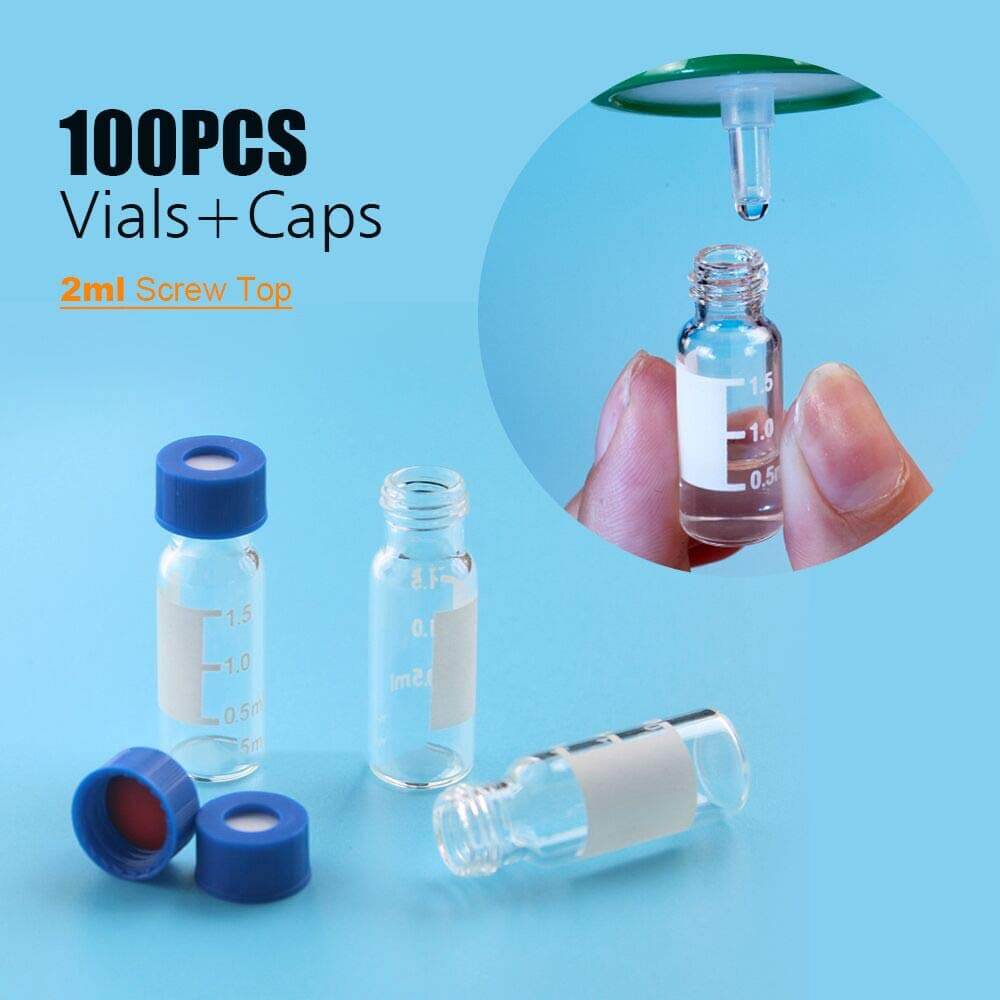
The vials are made from 1st hydrolytic class 51 expansion glass which, unlike inferior alternatives, allows the manufacturing of clean, precision-fit vials. Our comprehensive range of vials includes micro and fused inserts, standard 2 mL autosampler and larger sample storage, glass sample vials with screw caps, headspace vials, and EPA vials.
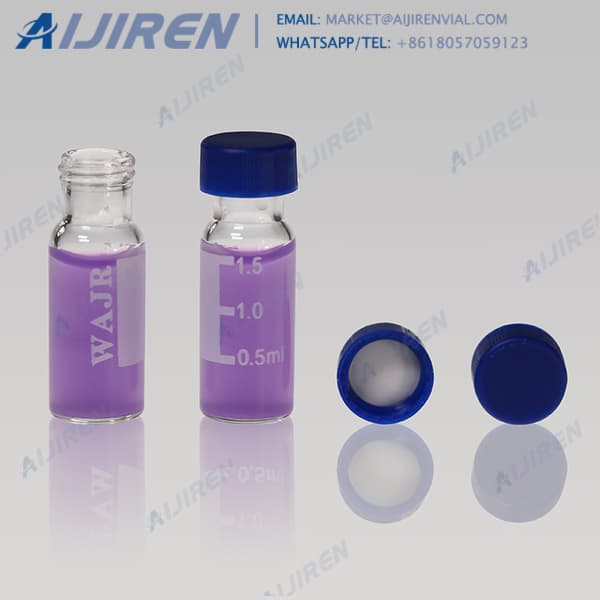
51-expansion glass vials and Type-2, 33-expansion glass vials. Welchrom® Sample vials are made from first class of hydrolytic borosilicate glass, Meet the Fisher Scientific Family. of vials, closures and crimpers for GC, HPLC and headspace analysis as well as Firstly, almost all vials are made out of 1st hydrolytic class glass. V ials and caps

Firstly, almost all vials are made out of 1st hydrolytic class glass. 1, Class B), whereas amber is generally only available as 51 expansion. Get Price Enquiry Thermo Scientific 2019/2021 Chromatography Consumables

CTC PAL Autosampler Parts, Options , Supplies. PAL System Vial 10CV, 10ml Clear Glass with Label, for PAL Wash Modules. 46x22.5mm, 1st Class Hydrolytic Glass, DIN-Crimp Neck, Pk of 100pcs Vial-10-ND18-CG-100 PAL System Vial 10CV, 10ml Clear Glass with Label, designed for the PAL Autosampler. 46x22.5mm, 1st Class Hydrolytic Glass, with flat finish for better sealing, fits ND18 Screw Caps, Pk

Vial Materials - Worldwide Glass Resources, Inc.Type 1 amber borosilicate glass has a linear coefficient expansion of 51. Schott. Glass Type. Principal Use. Density at 25°C g·cm-3
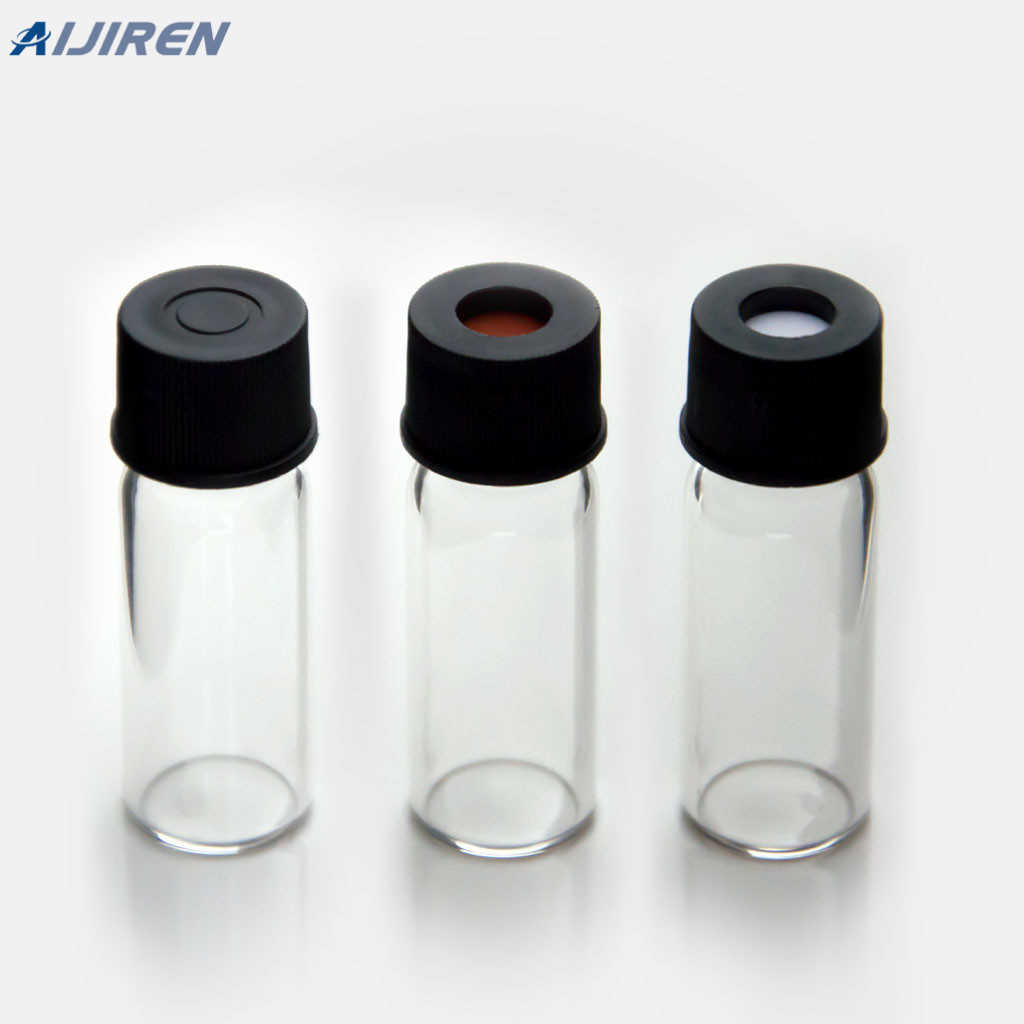
autosampler glass vials from different sources. In this case 1st hydrolytic class tubes have been used with examples of 33, 51 and 70 expansion type raw glass tubes. • 1 mL 18MΩ HPLC water (Thermo Scientific™ Smart2Pure™ system (P/N 50129845)) was added to the 2 mL vial and capped using Thermo Scientific™